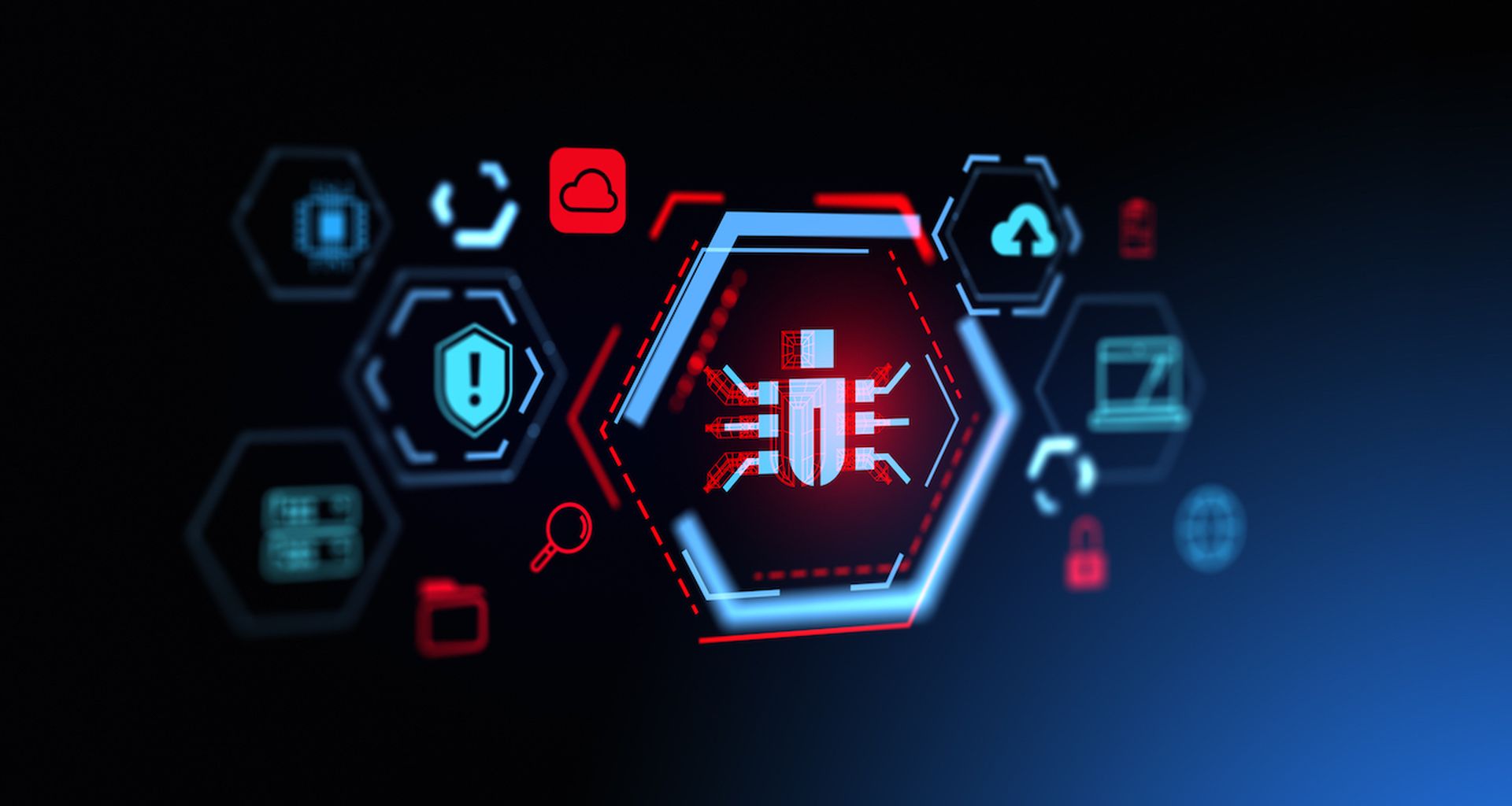
Cybersecurity paradigms have evolved significantly, transitioning from conventional reactive postures to a proactive, intelligence-driven approach. In the digital era, where data breaches can cause monumental financial and reputational damage, the old method of waiting for attackers to exploit a vulnerability before addressing no longer makes sense.
Today, the cybersecurity industry has been moving from that reactive model to the adoption of a proactive vulnerability management system (VMS), which relies on the use of proactive vulnerability intelligence (VI).
Traditionally, cybersecurity operated on a foundation where teams would address vulnerabilities as they were exploited. This reactive approach has led to the detriment of numerous organizations, with security teams scrambling to patch systems only after suffering an attack. The cost of such a stance has been high, measured in financial terms and also in the loss of customer trust. Instances of massive data breaches, stemming from this reactive model, have dotted the cybersecurity landscape for years.
The ransomware attack on Change Healthcare, reportedly perpetrated by the ALPHV/BlackCat group, exemplifies the imperative need for a proactive stance in cybersecurity. With an estimated loss running into billions because of system outages and disruptions in healthcare services, the incident has put an unprecedented strain on the U.S. healthcare system.
This breach highlights the vulnerability of third-party networks, which are often the weakest links in cybersecurity. Change Healthcare experienced profound operational paralysis, affecting countless providers that depend on it services for their financial transactions and by extension, their operational continuity.
The recovery from this incident has been slow, with most of Change Healthcare's systems just coming back online late last week. The repercussions of this attack stretch beyond the immediate financial impact. They underscore the risk of insufficient investment in proactive vulnerability management and intelligence. In the healthcare sector, where the stakes include not just data and finances but human lives, the need for anticipatory cyber defense is urgent.
How VI could have helped Change Healthcare
Proactive VI could have offered several layers of defense for Change Healthcare. By identifying and analyzing vulnerabilities and potential ransomware tactics in advance, the organization might have mitigated the risks or prevented the attack altogether. Proactive VI, coupled with a robust VMS, helps prioritize risk management and implement security measures based on the most likely threats, potentially safeguarding against such devastating attacks.
The reactive model faces significant limitations, from the impracticality of instant patch application across vast IT environments to the evolving sophistication of threat actors who exploit vulnerabilities faster than teams can patch. This inefficacy gets compounded by the high volume of new vulnerabilities discovered daily, which can overwhelm even the most diligent security teams.
The cybersecurity industry has been steadily shifting towards proactive vulnerability management. This involves the implementation of systems and processes that can predict and mitigate potential threats before they manifest into breaches. Proactive VMS harnesses the power of analytics, machine learning, and cyber threat intelligence to build an anticipatory security posture within organizations.
Embracing proactive VI within VMS offers strategic advantages that transform organizational security postures. It enhances the ability to predict and thwart potential threats, prioritizes remediation efforts based on threat intelligence, and optimizes resource allocation. This strategic pivot can bolster defense mechanisms against sophisticated cyber-attacks and ensuring operational resilience.
Looking ahead, the integration of proactive VI and VMS can become the bedrock of cybersecurity strategies. Advancements in these systems are rapidly progressing, incorporating artificial intelligence and machine learning to predict potential attack vectors, and also automate the response. Industry best practices are now focusing on establishing a continuous cycle of monitoring, analysis, and fortification against vulnerabilities, ensuring that security measures are adaptive and resilient.
We must pair proactive VI with robust VMS to conduct regular scans, identify potential vulnerabilities, and deploy countermeasures swiftly. This integration offers a holistic cybersecurity approach, encompassing technology as well as governance and human factors. Companies should make training programs and awareness initiatives a part of this forward trajectory, ensuring that all organizational members understand the significance of cybersecurity hygiene.
The integration of proactive VI within VMS represents more than an incremental change; it’s a fundamental shift in how we approach digital security. By anticipating threats before they occur, organizations can maintain a step ahead of cyber adversaries. As the digital landscape continues to evolve, so too must our strategies for protecting it. The future of cybersecurity lies in our ability to predict, prepare, and protect against the unseen, ensuring a resilient and secure future for all stakeholders involved.
The old reactive approach has grown too costly, and the benefits of a proactive stance are clear. As organizations adapt to this new reality, we can expect to see a decline in successful cyberattacks and a more secure operational environment. While the industry faces many challenges, the cybersecurity community can and will meet them head-on, armed with the tools and intelligence to defend against the ever-evolving threat landscape.
Callie Guenther, senior manager of threat research, Critical Start




